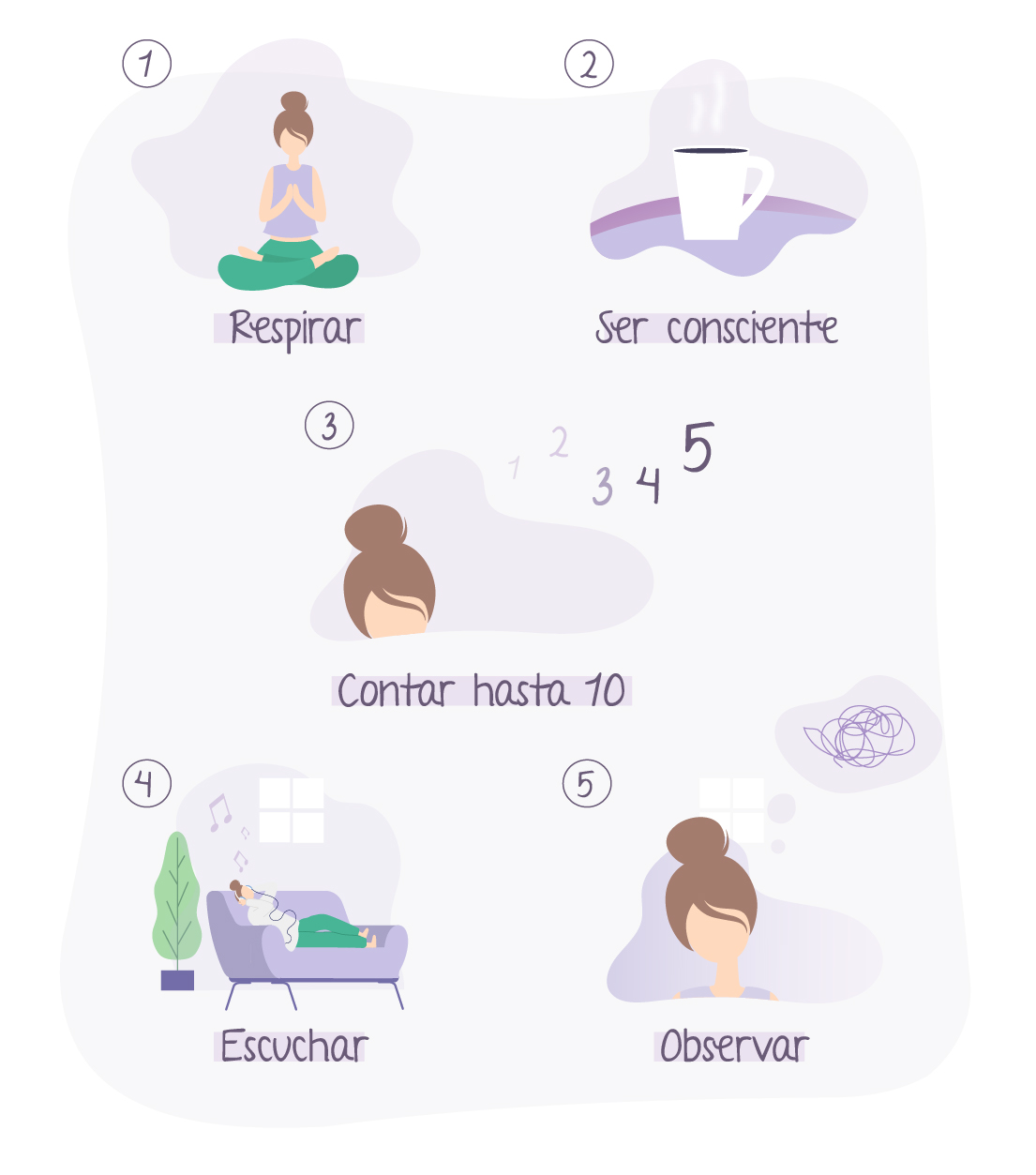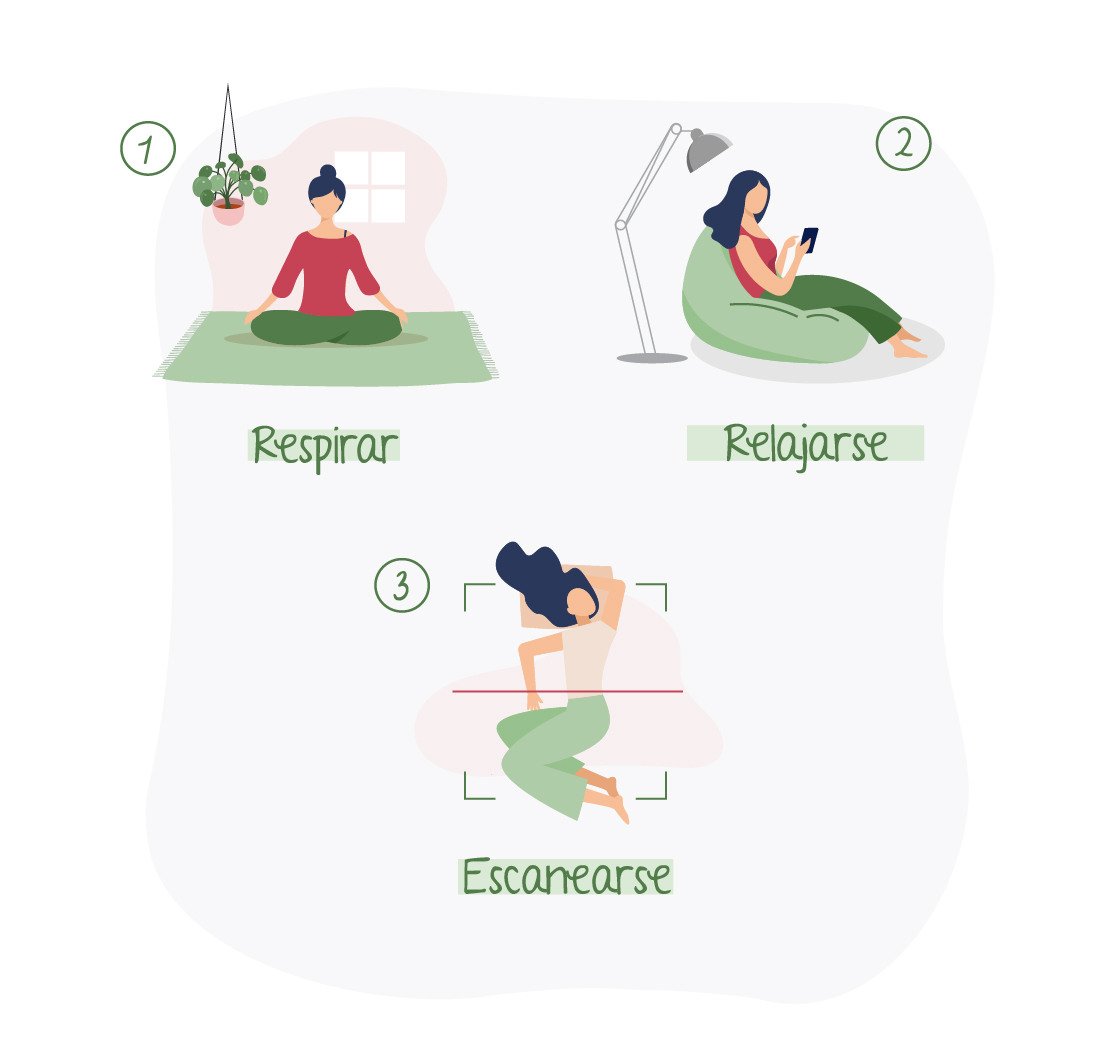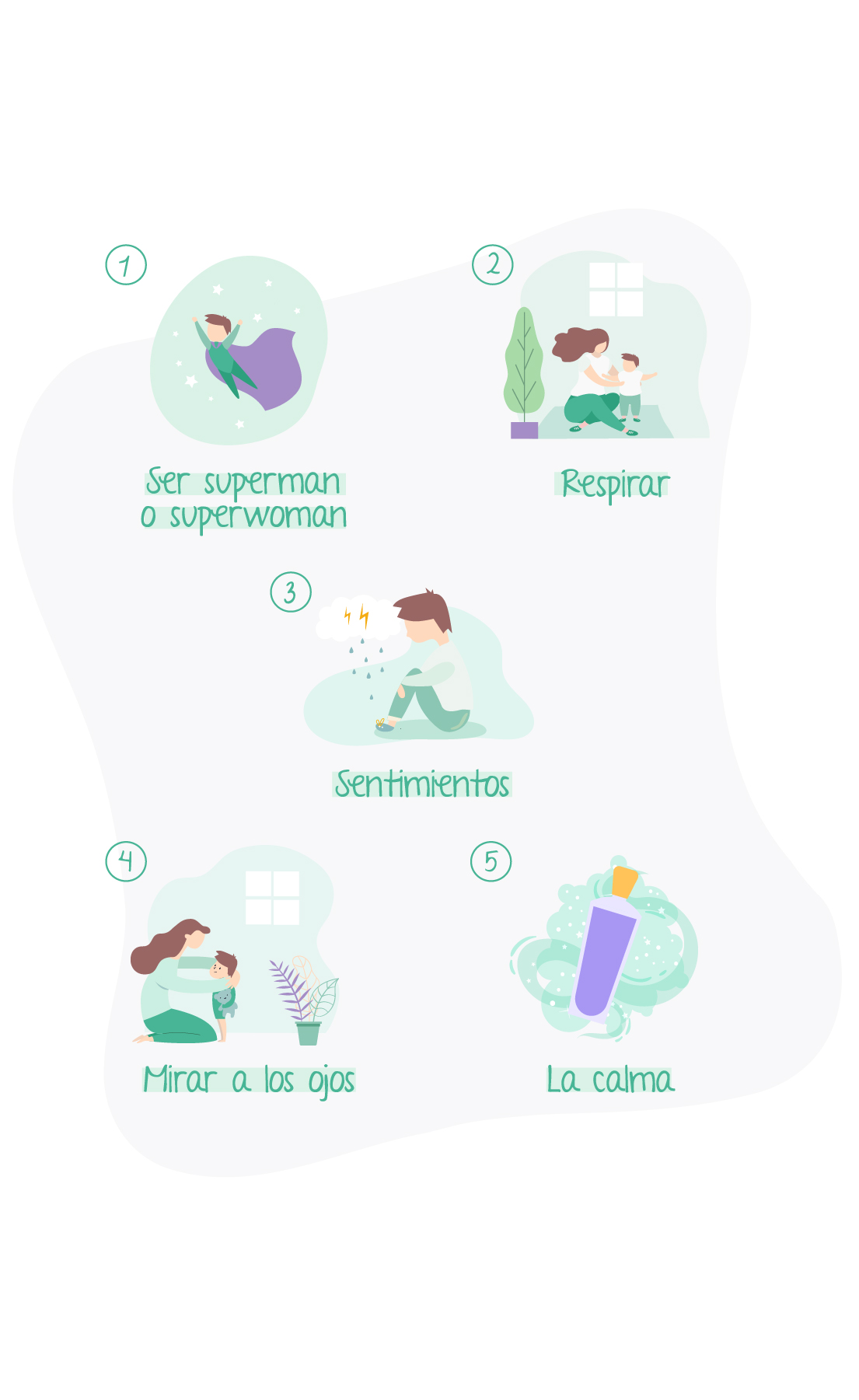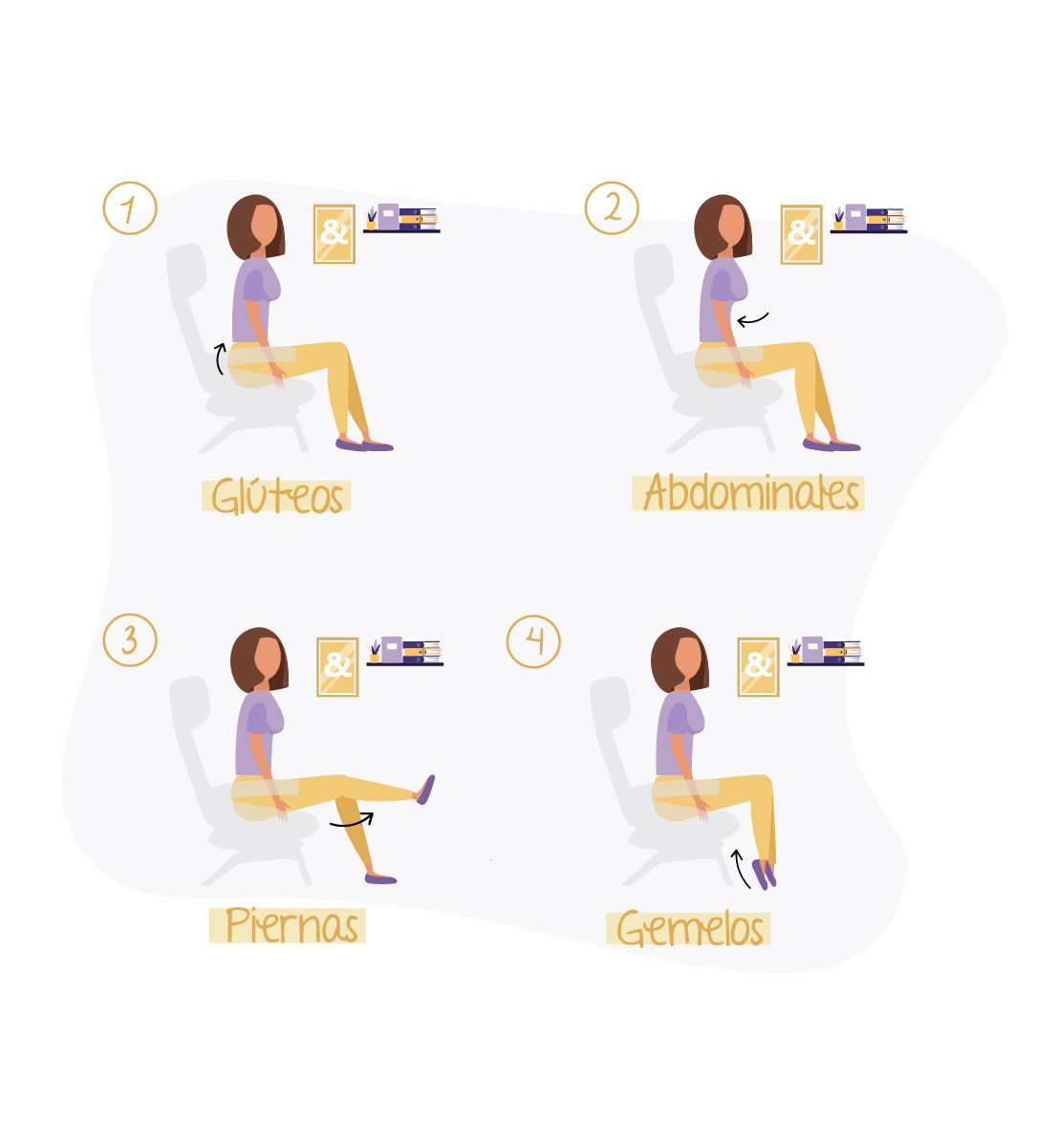Mindfulness Meditation in 5 exercises

Do you sometimes find it hard to relax? Do you know how to control stress? We give you the keys to feel much better by practising mindfulness meditation.
Nowadays, we are very used to information, above all in digital devices, and we skip from one topic to another very easily. Precisely because of this, because we find it hard to focus, control stress and concentrate on one specific thing, practising mindfulness relaxation can help us.

Mindfulness for children
Practising mindfulness helps children manage their emotions and improve their cognitive development. The breathing, meditation and full attention exercises that we can include in the routines of the youngest family members facilitate new development achievements. SIt is advisable to include this practice from a very early age, for them to learn to keep quiet, and control their breathing and relax. Some of the recommended exercises are:
- Be superman or superwoman: closing their eyes, standing up, with a straight back and hands on hips, and listening to what is happening around them for 5 minutes, thus developing their senses.
- Learn to breathe: for them to learn to breathe in a relaxed manner, they can place their favourite plush toy on their tummy, breathe through their nose and count to 4, noticing how their tummy rises, holding their breath for 3 seconds and then breathing out through their mouths, observing how the toy sinks down. Practising this before going to bed is ideal.
- Weather and feelings: one way of easily identifying children’s feelings (happiness, anger, sadness, etc.) is by associating them with the weather. Encourage them to ask, what’s the weather like inside me? If I am sunny, I am OK; if I am a rainstorm, I am sad; if I am a lightning storm, I am angry.
- Look at my eyes: apart from developing attention, this is a marvellous tool to arouse empathy, and create emotional links with siblings, parents or friends. We sit in pairs, facing each other. We have to look each other in the eye for some time, without losing eye contact. That will be our centre of attention!
- Calming jar: this is one of the most well-known Montessori education techniques. It is a jar full of glitter and water that is designed to help young children reduce anxiety and anger.

And at your workplace?
If you are still working now, you can also do exercises to improve attention and eliminate stress. They may not seem that important, but we can ensure you that, if you do them, you will see how much your general well-being can improve. Get used to taking short walks around your work space, or if you prefer, do these simple exercises without getting up from your chair.
- Buttocks. Without getting up, and keeping a straight back while you work, contract your buttock muscles at intervals.
- Abdomen. Also contract your abdominal muscles at the same time as the buttock muscles. You must hold your stomach in for a few seconds.
- Legs. Raise one leg at a time, or both at the same time, keeping the muscle contracted. In this way, you will work quadriceps and make your legs stronger.
- Calves. Put your feet on the floor and then raise your legs until you are on tiptoes
Mindfulness Meditation in 5 exercises
Below, we bring you some practical exercises to do at home, which will help you to improve your ability to relax, concentrate and produce:
- One minute of full attention. Focus all your attention on breathing for one minute. Keep your eyes open, breathe with your abdomen instead of with your chest, and try to breathe in through your nose and out through your mouth.
- Constant observation. Choose a daily object: a cup, a coffee, a pen,… and pay attention to it alone. Just observe it. Be aware that what you are observing gives you a feeling of “being awake”.
- Count to 10. This exercise is no more than a variation on exercise 1. In this case, instead of focusing on your breathing, close your eyes and count slowly to 10. If you lose concentration, you must start at one again.
- Listen to music. Listen to relaxing music and feel its calming effects while you do a mindfulness exercise, focusing on the sound of each note.
- Observe your mind. “Observe” your thoughts instead of getting involved in them. In this way you will not manage to eliminate them as with the rest of the exercises, but it is a good technique to reduce their intensity.d.

Mindfulness for sleeping
Through mindfulness we can also manage to sleep and rest better. We just have to change a few routines before going to sleep.
- Deep breathing: just 5 minutes of deep and conscious breathing suffice when we are already in bed, to find a great difference in rest.
- Relax with what you like best: a song, remembering a happy moment, practising a bit of gentle exercise. Do something that ‘fills’ you and you will go to sleep seeing things in a different way. This will help you to rest better.
- Body scan: with this technique, you will enter into contact with the experience of your body as it is, without judging, without rejecting unpleasant feelings or attaching ourselves to pleasant ones. Stand up or lie down, keeping your back straight, close your eyes and pay attention to your breathing, consciously scanning each part of your body. You will notice the difference.

Sometimes, great steps are not necessary to achieve great results; the simplest gestures are the ones that, carried out daily, help us the most.
What do you think about?
Share comments, opinions and tricks with the Community







